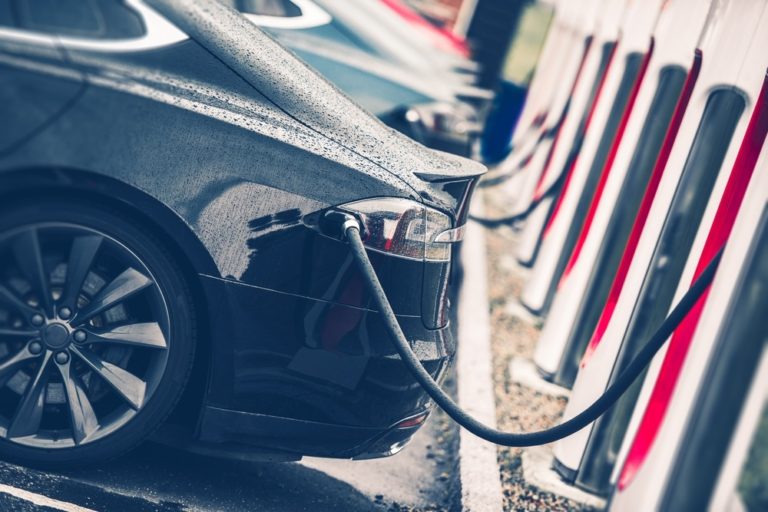Key Takeaways:
- A U.S. military strike damaged Iran’s major nuclear facility in June 2025.
- The strike specifically aimed at uranium enrichment centrifuges, key equipment for making nuclear weapons fuel.
- Iran possesses advanced centrifuge designs, making its nuclear capabilities harder to stop.
- Despite the attack, Iran still holds a large stockpile of weapons-usable highly enriched uranium.
- The author believes diplomacy is more effective than military strikes at preventing nuclear proliferation.
(Image: Iranian television showing centrifuges at Natanz, June 21, 2025)
Centrifuges Spinning Danger: What Really Happened?
A big fight broke out recently. The US attacked important parts of Iran’s nuclear program. The main targets weren’t just buildings. They included special machines called centrifuges. These machines are the heart of Iran’s plan to make nuclear weapons. Let’s break down what these powerful machines do and why their destruction matters so much.
What Are Centrifuges Anyway?
Think about a powerful blender or a washing machine. Centrifuges spin super fast. Iran uses these giant spinners to change the type of Uranium. Uranium is a heavy mineral. Inside a centrifuge, tiny particles fly away from the center because they spin at mind-blowing speeds. This separates the lighter parts from the heavier ones.
The Race for Uranium-235
Uranium comes mostly in two types: Uranium-238 and Uranium-235. Uranium-235 is slightly lighter. This makes it perfect for nuclear reactions. Weapons need lots of this special type. But Uranium-235 is hard to find. Most natural Uranium is actually Uranium-238.
Enrichment is the process of separating out the valuable Uranium-235. It needs extreme spinning. Imagine something spinning 50,000 times every single minute! That’s way faster than anything you’ve ever seen. These high speeds require very strong, perfectly balanced spinning parts and powerful magnets to keep everything working without too much rubbing.
Why Does It Matter So Much? Weapons Fuel!
Building a simple nuclear weapon needs highly enriched uranium (HEU). That means mostly Uranium-235. The amount needed for even one small bomb is huge – about 110 pounds of super pure Uranium-235.
These spinning machines inside Iran’s enrichment plants work together. They are arranged like long chains called cascades. Each machine in the cascade helps separate a little bit of the right stuff. The gas goes from one machine to the next. This way, they slowly increase the amount of Uranium-235 over time. It’s a marathon, not a sprint.
Iran Builds Lots of Them
Over the years, Iran has made thousands of these spinning machines. They are hidden in underground labs at places like Natanz and Fordow. A single chain, or cascade, might hold 164 of these whizzing machines. Iran’s Natanz facility is designed for over 47,000 machines!
Iran’s drive to build this huge spinning army was clear from the start. Back in the early 2010s, they had nearly 20,000 spinning machines. That number dropped partly because of international rules like the old JCPOA agreement. But now, Iran is using much better machines again.
Older Machines vs. Newer, Better Ones
Not all of Iran’s spinning machines are the same. Many started with an old design called IR-1 bought from Pakistan. These early machines are slow and inefficient. A whole chain of IR-1 machines needs thousands of machines working for a year just to make a tiny bit of the weapons grade stuff.
Iran quickly moved to better machines like the IR-2m, IR-4, and now the IR-6. These new designs use strong carbon fiber like the stuff in racing bikes. This makes the spinning parts very strong but very light. Lighter spinning parts need less power and spin faster. They are also much easier to hide.
The Newest Spinners Are Top Secret
The most advanced Iranian machines are called IR-9. These are incredibly powerful. They can do the job much faster. What used to take months might only take weeks now. They also use much less energy to spin. Plus, they are very, very compact. This means they could be hidden more easily, maybe even hidden in shipping containers or moved around without being noticed.
These advanced IR-9s are the scariest part. But the good news is, international spies believe only one of these top machines exists so far. They are probably testing it in secret labs.
A Stockpile That Can’t Be Ignored
The US attack happened. They tried to stop Iran. But Iran still has a huge problem. Before the attack, Iran was storing almost 440 pounds of weapons-grade Uranium! That is way more than enough to build bombs. This stockpile could have stayed safe inside Iran during the attack.
These newer, faster machines could theoretically make enough weapons stuff for a bomb in less than three months. That’s terrifyingly fast.
Strike or Talk? Which Stops Iran?
The US strike damaged Iran’s facilities. It might slow them down a bit. But Iran has spent billions to build this spinning machine network. Destroying them is very expensive.
Experts like Dr. Anna Erickson, who studies nuclear non-proliferation, say this shows why talking and cooperating is so important. Military attacks just create more problems. They destroy valuable equipment and push nations further away from peaceful solutions. Getting back to talks and building trust is the real path to stopping nuclear threats for everyone’s safety.
So, What Next?
Iran’s nuclear weapons program still exists after the attack. They have the machines and the skills. They just don’t have as many spinning parts right now. Iran might be rebuilding faster than anyone knows. The world needs to stay very, very careful. But the best hope for peace might be sitting down to serious negotiations soon.
The End










